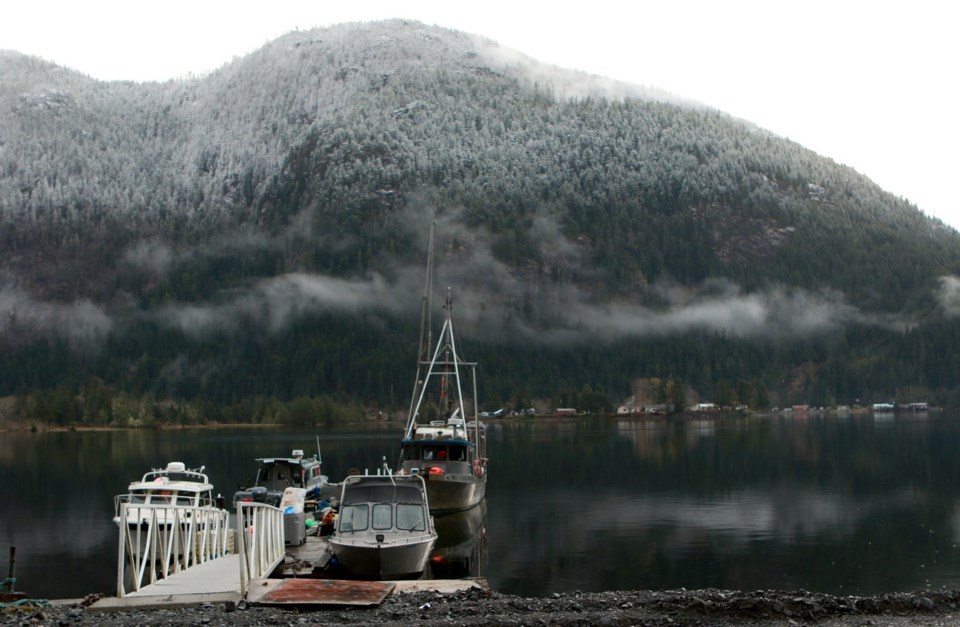British Columbia's overall snowpack increased slightly throughout March, but the average is still sitting at just 79 per cent of what's considered normal and the province is sounding the alarm about the potential for drought.
The latest provincial snow survey and water supply bulletin says the snowpack is higher than April 1, 2024, when the average was 63 per cent of normal.
Still, the bulletin says the low snowpack and freshet forecasts combined with warm weather expected over the coming season and the "lingering impacts" of ongoing drought all point toward an elevated drought risk this spring and summer.
It says spring freshet hazards are expected to be reduced, though pockets in southern areas of the Okanagan, Boundary and West Kootenay regions have seen somewhat elevated snow levels that carry a risk of flooding.
The average snowpack was sitting at just 45 per cent of normal along the central coast, while it was at 94 per cent for western parts of the upper Fraser River basin.
The bulletin says that seasonal weather forecasts from Environment Canada in late March indicate a greater likelihood of above-normal temperatures for B.C. through to June.
It notes La Nina years can often mean cooler conditions in April resulting in delayed snowmelt and the potential for late-season accumulation compared with El Nino or neutral years.
"However, seasonal weather forecasts are indicating an increased chance of a warmer spring across B.C.," the bulletin says.
Precipitation is more difficult to predict than temperature at the seasonal level, it notes. But it says there is a greater likelihood of above-normal precipitation in areas near Prince George and Fort St. James, and the most northwestern section of B.C.
Below-normal precipitation is forecast for the southern half of Vancouver Island, the South Coast and the eastern section of the Upper Columbia area, it says.
The provincial snowpack report says there is no elevated flood risk based on the current snow levels across the province, but it notes May and June can bring rain to the Interior.
"In the Rockies and northeast, upper-low weather patterns can extend the flood season into July. Therefore, precipitation poses a flood risk through the spring even with limited snowpack," says the bulletin released this week.
"Spring weather conditions and the date of seasonal snowmelt will be key factors for potential drought hazards," it adds.
This report by The Canadian Press was first published April 11, 2025.
Brenna Owen, The Canadian Press



